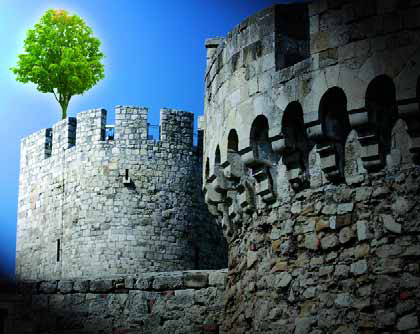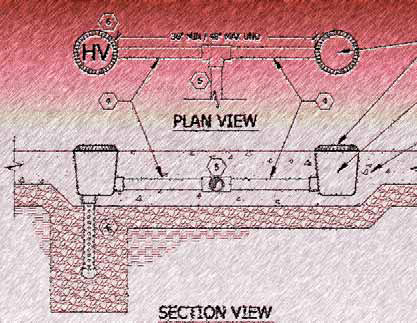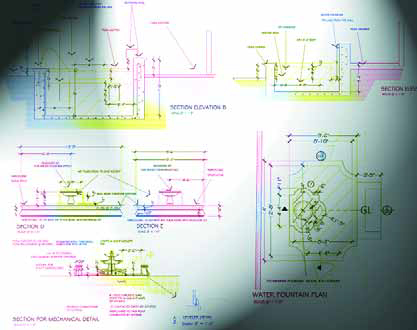column
Early in the history of garden design – dating back to the earliest days of civilization in Sumeria, Egypt and China – plants took center stage in garden spaces. Terraces and hanging gardens were built not for their innate ornamental qualities, but rather to display the plants they contained. Always, the prized plant was more important than its container. This preeminence of plant displays has been the rule rather than the exception throughout history, even
Through the past several months, we’ve heard all sorts of voices discussing the current state of economic affairs – including mine in last month’s “Aqua Culture” column, but, more predominantly, those of representatives of the 24-hour-a-day news media. Anyone who isn’t living in a cave is by now aware that we’re caught up in an economic crisis of global proportions and that the consequences may be dire. We’ve heard that line so often and with such fervor, in fact, that it’s
I recently read a short article in a construction magazine in which the writer described a fairly convoluted process by which he had “protected” a tree on the site where he was working. Basically, what he did was wrap the trunk in two-by-four studs, securing them in place vertically with some loops of metal strapping. In his estimation, this was just what he needed to keep the tree from being damaged by accidental equipment bumps – the boards, in effect, would suffer and the tree
If you’re paying even the slightest bit of attention to the world at large, you’ve probably heard more than you ever wanted to know about current economic conditions. Indeed, everything that has happened in the past year or so with both our national and the global economy has made it hard for some people to think optimistically about the future. These are perilous times, as some say, and in one way or another, I know we’re all being affected by what’s going on. But that doesn’t seem to be the whole story. In fact,
I hadn't planned on breaking away from my coverage of the National CAD Standard anytime soon, but recent events - including the arrest of a pool builder on charges of manslaughter in a suction-entrapment incident - compelled me to do otherwise. As I started composing this column, my plan was to call it "Entrapment Rundown" and make it a straightforward, positive summary of recent changes in codes and systems related to suction entrapment. As I dug more deeply into the topic, however, I found the issues and solutions to be much more confusing than I'd anticipated - so much so that
I hadn't planned on breaking away from my coverage of the National CAD Standard anytime soon, but recent events - including the arrest of a pool builder on charges of manslaughter in a suction-entrapment incident - compelled me to do otherwise. As I started composing this column, my plan was to call it "Entrapment Rundown" and make it a straightforward, positive summary of recent changes in codes and systems related to suction entrapment. As I dug more deeply into the topic, however, I found the issues and solutions to be much more confusing than I'd anticipated - so much so that
Last month, I introduced my rundown on books I like to have at hand in my studio by mentioning a project that included a pool, an outdoor kitchen, stone walls, a fire pit and some other amenities. A feature I didn't mention - but one that may well be unique for a backyard in upstate New York - was the Peruvian Travertine we chose for use around the pool. While decking material seldom takes center stage in a design, its high visibility tends to make it more than just a bit player. Indeed, the choice of a material can either
Last month, I introduced my rundown on books I like to have at hand in my studio by mentioning a project that included a pool, an outdoor kitchen, stone walls, a fire pit and some other amenities. A feature I didn't mention - but one that may well be unique for a backyard in upstate New York - was the Peruvian Travertine we chose for use around the pool. While decking material seldom takes center stage in a design, its high visibility tends to make it more than just a bit player. Indeed, the choice of a material can either
What happens when you take a large group of landscape architecture students and, for a solid week, rigorously school them in the fundamentals of watershaping? You might be surprised: Even though that seems like a short span, my charges took to watershaping like fish to water when I introduced them to the subject this past spring - and the results were both remarkable and inspiring. As their instructor, I witnessed not only their keen interest but also saw ample evidence that they were applying highly refined design processes and quality design productions in their watershape-related coursework. So despite what some skeptics have been telling me for years, you actually can




















